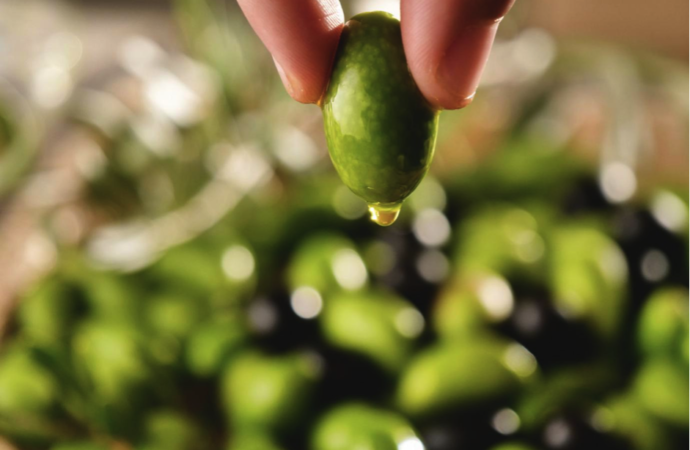Health Benefits of olive oil In a 2011 review by the European Food Safety Authority (EFSA), a health statement for olive oil was approved to protect it from oxidation of blood lipids with its polyphenols and to maintain normal blood by replacing saturated fats LDL-cholesterol levels add oleic acid to the diet. (European Commission Regulation
Health Benefits of olive oil
In a 2011 review by the European Food Safety Authority (EFSA), a health statement for olive oil was approved to protect it from oxidation of blood lipids with its polyphenols and to maintain normal blood by replacing saturated fats LDL-cholesterol levels add oleic acid to the diet. (European Commission Regulation No. 432/2012 of May 16, 2012). Despite the approval, the European Food Safety Authority (EFSA) has not fully determined the cause and effect of inability to consume olive oil and maintain normal (fasting) blood concentrations of triglycerides, normal HDL-cholesterol concentrations, and normal blood glucose levels.
A 2014 meta-analysis concluded that increasing consumption of olive oil was associated with lowering the risk of all-cause mortality, cardiovascular events, and stroke, while monounsaturated fatty acids mixed from animal and plant sources had no significant effect. Another meta-analysis in 2018 found that compared to low polyphenol olive oil, the intake of high polyphenol olive oil was related to the determination of total cholesterol, high density lipoprotein cholesterol, malondialdehyde and oxidized low-density lipoprotein. Improvement related.
Olive oil varieties
There are many olive varieties, each of which has a specific flavor, texture and shelf life, making it more or less suitable for different applications, such as direct human consumption of bread or salad, indirect consumption of home cooking or catering or industrial uses such as animals Feed or engineering applications. At maturity, the color of the olive fruit changes from green to purple and then to black. The taste characteristics of olive oil depend on the ripening stage of the olive fruit collected.
Manzanillo olives or Manzanillo de Sevilla (Spain), originally from the Spanish Sevilla region, sometimes called Spanish olives, but with Arbosana, Arbequina, Cacereña, Hojiblanca, Empeltre and Gordal in Spain More than 200 varieties are planted in other regions.
Manzanillo olives are dual-use, used to eat olives and olive oil. Manzanillo olive varieties are grown around the world. Manzanillo canned olives are usually black olives produced using the “California Black Ripe” curing method.
More than 200 olive varieties are grown in Spain. Synonyms include early Manzanillo, Romerillo, Redondil, Manzanillo Fino, Chorrúde Espiga, Manzanilla olives , Manzanilla Rabuda, common chamomile, chamomile Basta, chamonmile chamomile, long, olive white chamomile, two sisters chamomile and Varetuda.
Manzanian olives are the medium and large stone fruits or stone fruits of the European olive tree, used to produce edible olives and olive oil. For edible olives, the whole olive can be cut into small pits, pitted and stuffed with allspice, garlic, pepper or almonds, or sliced.






















Leave a Comment
Your email address will not be published. Required fields are marked with *